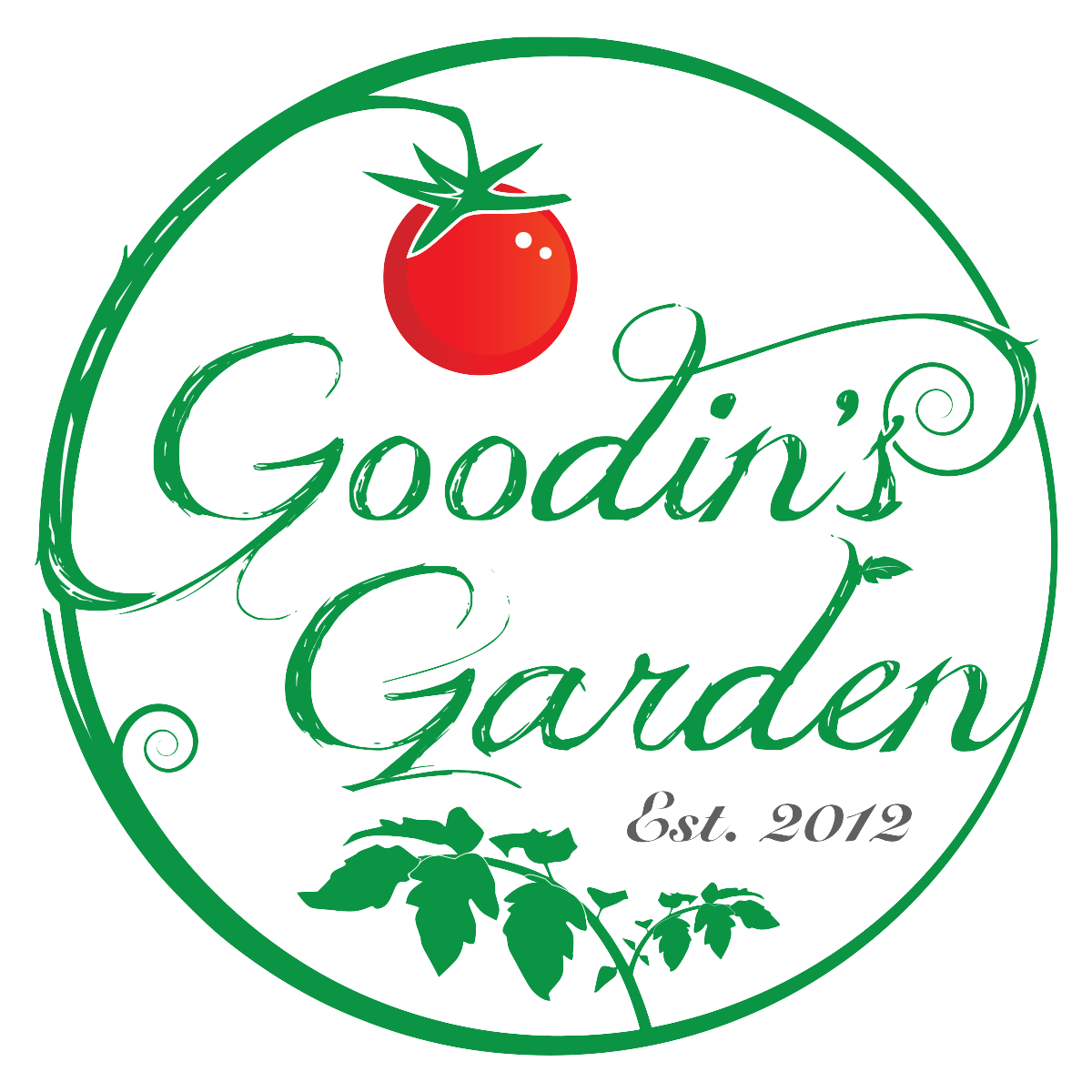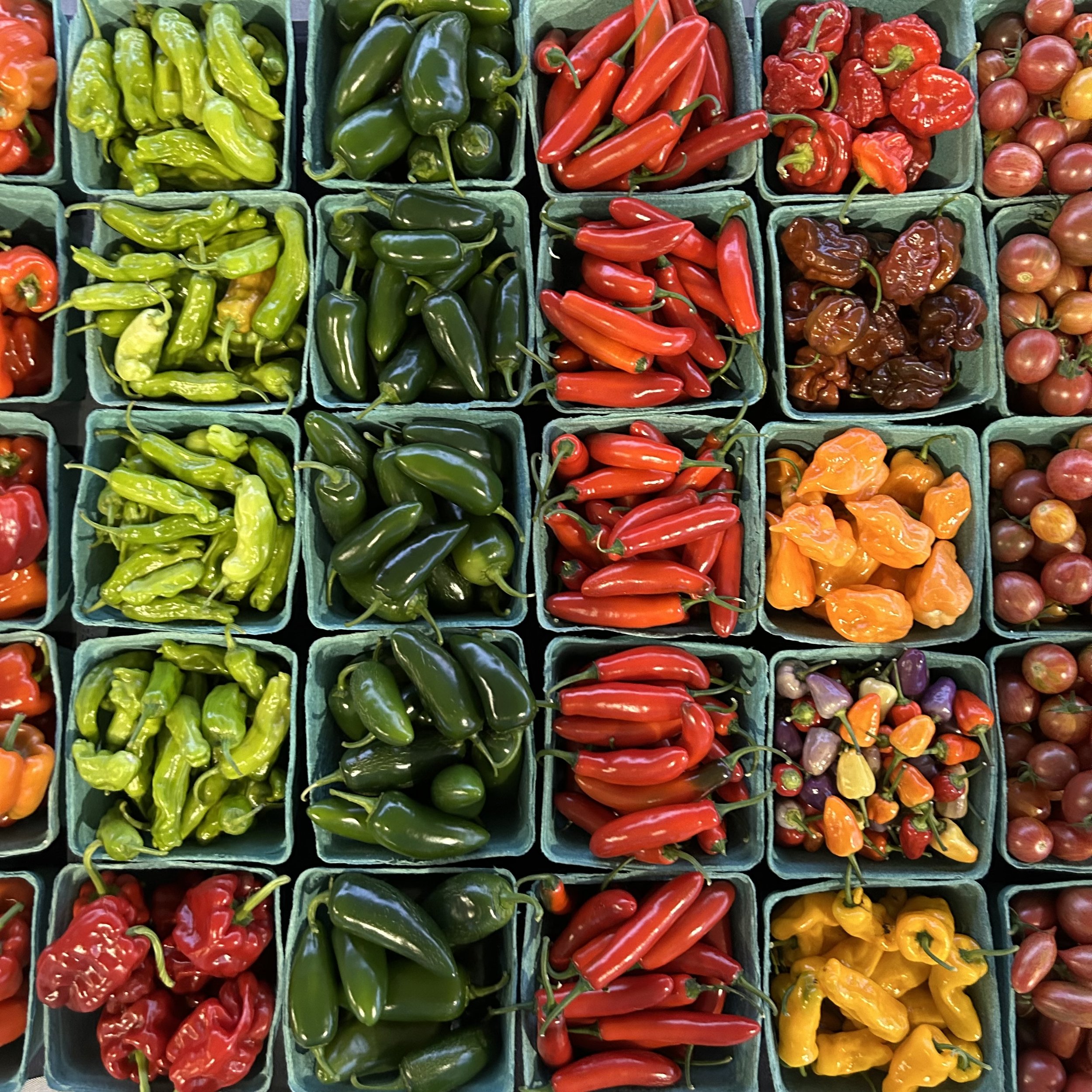Navigating a Small Farm
Finding balance amongst the chaos. How I have found my flow over the past 10+ years of running Goodin’s Garden.
“You do all this and work a full time job?”
“When do you sleep?”
“Someone’s been busy…”
I accidentally found my way into the world of agriculture. No plan. No business model. No experience. How did this happen? I married an amazing man from E’town with a family that had farmed for a long time. One day, back in 2012, my mother-in-law told me she had signed us up for the farmers market… and that was the start of Goodin’s Garden (even though we didn’t officially adopt that moniker until 2018.) My husband’s parents and grandparents maintained a vegetable garden on their farm and we would set up at the front of the pavilion in a little 4 foot spot next to BLT Farms (also our family) and sell a couple vegetables and mostly help BLT sell corn. Starting that small, it was truly a side gig, June and July and maybe a little bit of August spending Saturdays at the farmers market, spending a little time each week harvesting and weeding. Making as much money in a season as I make on a (slow) Saturday now.
While we started laughably small, and stayed small like that for a few years, it helped in the long run. If we hadn’t been paired up with family and helping them, there might not have been a farmers market business for as long. I remember one time I sold out, at the beginning of June, the little bit of vegetables I brought - an entire $21 in sales and then had to pay the $10 gate fee. You could see how if this was anything more than a side business and I didn’t have selling corn to fill my time, it might have been a short lived career. But, I saw something to strive for in the other farmers at the market. I wanted to be legit, to not feel like an imposter, and to grow to the point that I needed my own space, not just a little card table in the sun.
And grow we did. Slowly, which is key. Sometimes we added new things for a season and sometimes we added products that stuck around and became fixtures of our business. Some early trials at value added included muffins (spoiler alert: I hate baking), wax melts (not popular in the summer), and some wood working (also, not popular.) Canning, that I had taught myself years prior, took off and is a major part of the farm today. That started with introducing 3 batches of jam at the market and has grown to having my own canning kitchen and making thousands of jars a year. I sometimes have fleeting thoughts of adding other products, but I don’t want to take my focus away from preservation and divide my time. I do listen to what people are looking for and add new products based on customer feedback - that’s how I started making Bread and Butter pickles. Some recipes are never going to happen and I will usually tell you (looking at you chow chow and your long list of ingredients that I don’t grow.)
Looking at today’s operation we have:
Summer vegetables (there from the beginning, just grown in scale)
Blueberries, blackberries, raspberries, strawberries (added year by year starting in 2016)
Herbs (perennials started in 2019)
Chickens & ducks (they’ve been around for long enough that I can’t remember when we started… 2015?)
Canned goods (started in 2017 - canning kitchen built in 2021)
Vegetable and herb plants (started in 2015 or 2016)
That’s a lot. The 4 foot spot grew to a 12 foot spot and then a 16 foot spot in 2021. It’s a full truck and sometimes a truck & trailer at the market. So how do we do it all, keep our sanity, and find time outside of work to enjoy life?
Excellent time management. Help from others. Organization. Planned breaks.
1) Time management. Nothing is fast on a farm. Canning takes time, harvesting takes time, planting takes time. By now, I have a good idea of how much time these tasks will take and can plan my week around it. I can anticipate the busy times and the late nights - like when cucumbers are in season and 2 nights a week is spent making pickles until midnight or 1am. When looking at my week, I look at what nights I need to can, when I need to harvest, and what needs to be canned. I keep a realistic list of what I am going to do with that evening (no more than 4 batches of jam) and I accept that I can’t make everything every single week. That is why during the summer there are a lot more pickles and relishes and the jam selection is lighter. I can freeze berries and make jam in the winter, but I cannot freeze cucumbers and make pickles later. I have to take advantage of what is in season. Time management also factors into why we stop coming to the market at the end of August. I spend September and October making all the canned goods for November and December. This year it felt seamless, like I spent minimal time in the kitchen, but produced a maximum amount of product. I think that was because I did a little here and there (2-4 batches at a time) and only had 1 or 2 weekends spent canning so it never felt overwhelming.
2) Help from others. Plain and simple, we cannot harvest everything ourselves on a Friday night for Saturday’s market during the height of summer. We each have our vegetables that we are responsible for, including our daughter, who is in charge of picking cherry tomatoes. We also enlist paid help for harvesting sweet corn, green beans, and blueberries. Where do we find our help? Teen family members or family friends (often teens involved in FFA) or coworkers - anyone with some farm experience that wants to earn some money.
3) Organization. I love a good spreadsheet and track all kinds of stuff related to the farm. I want to know what sells and what doesn’t. What grows well and what doesn’t. How we do week to week compared to years prior to see overall market growth and manage expectations. Odds are, I probably have a spreadsheet for it. This also ties back into time management because time and resources aren’t wasted on something that I may have a cloudy memory of selling well when in reality I had one good day and the rest of the season not so much. For example, what flavors of jam I make and how many of each for winter markets is determined by the previous year’s sales.
4) Planned Breaks. While the farmers market has expanded into an almost year round venture, I still take a lot of time for me when I can. That’s why I don’t can every night. That’s why I don’t try to create content and post every day. I anticipate being very busy in the summer, but taking it slowly in the winter. I usually don’t can at all during the month of December and January-March are more focused on ordering seeds and starting plants. Canning during September and October has turned into making enough to sustain through the winter so I can go to the winter markets, but I still have a bit of a break in producing canned goods. This year, I got back into doing yoga regularly and made a commitment to myself that I would go once a week during the summer months when we are at our busiest, just to make sure I was taking time for me, even for an hour a week. It helps to renew motivation and to know that I have that time set aside brings a much needed balance to my busy days. I also often do not start canning until after dinner or after my daughter goes to bed during the week so that I do not miss out on family time. I think this has also helped to sustain a farm business while working a full time job.
With all that being said… what’s in store for Goodin’s Garden in 2025?
We plan to be at all 3 winter markets - those are held at the Hardin County Extension Office on the 1st Saturday of the month. We will be at the Hardin County Farmers Market on Saturdays from April to August. Currently, we plan to offer vegetables, blueberries, some fresh herbs, eggs, canned goods, and hot pepper salts at market. We will continue to offer preorders of canned goods through the website for market and farm pick up. There could be more dehydrating in 2025 depending on garden yields. But, so far nothing majorly new for the new year because we seem to be at a very manageable level with what we have now. My goal every year is to offer the highest quality local goods to our community and have fun while doing it.

